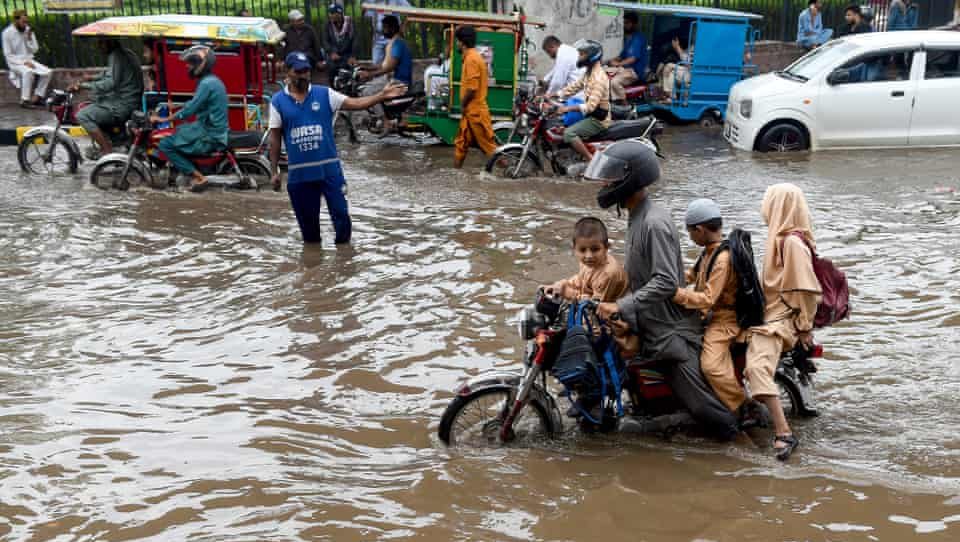Glaciers across northern Pakistan are melting at an alarming rate following record-high summer temperatures, unleashing deadly flash floods and landslides that have devastated communities and claimed dozens of lives.
At least 72 people have been killed and over 130 injured since the start of the monsoon season in late June, with extreme weather conditions wreaking havoc across the country. Gilgit-Baltistan, a mountainous region more than 1,200 metres above sea level and famed for its snow-capped peaks, has recorded unprecedented temperatures of up to 48.5°C (119.3°F), smashing the previous record of 47°C set in 1971.
The region, which encompasses parts of the Himalayas, Hindu Kush and Karakoram mountain ranges, is home to approximately 7,200 glaciers. These glaciers, already receding due to the climate emergency, have begun melting rapidly over the past week, swelling rivers and forming unstable glacial lakes. Several of these lakes have burst, triggering destructive flash floods and landslides that have washed away villages, destroyed roads and severed access to entire communities.
Zakir Hussain, head of the Gilgit-Baltistan Disaster Management Authority, described the situation as “very serious”, warning that the rapid formation of volatile glacial lakes posed a grave threat to public safety. Evacuations are underway in areas closest to the glaciers.
“We are facing a flood situation in many areas,” Hussain said. “The temperature rise has sent a shiver down our spines. We have never before witnessed such weather here.”
He added that the crisis may only be beginning, with temperatures expected to remain high. The region remains on high alert.
Residents have echoed fears over the unprecedented conditions. “It is like hell,” said Tariq Ali, a resident of Gilgit. “There has been no rain for quite some time. We are only seeing heatwaves and very serious ice melting. I have never witnessed such summer conditions in Gilgit.”
The impact has been severe on agriculture, which many in the region rely on for survival. Swathes of farmland have been swept away or scorched under the punishing heat.
Elsewhere in the country, Punjab province has experienced heavy rainfall, leading to urban flooding, and more above-average rain is forecast in the days ahead. Tragedy struck last month when a family holidaying in northern Pakistan was swept away by the Swat River following torrential rains and flash flooding.
Pakistan among world’s most vulnerable to effects of climate change
Pakistan, a nation of 240 million, is among the world’s most vulnerable to the effects of climate change. The country is no stranger to climate-induced disasters; the catastrophic 2022 floods killed at least 1,700 people and displaced over 33 million. Experts now warn that the current situation could mirror that disaster, if not surpass it.
Former climate change minister Sherry Rehman sounded the alarm on social media, expressing frustration at the lack of preparedness. “We are at the epicentre of a global climate polycrisis,” she wrote on X. “Pakistan is now number one in 2025 as the most climate-impacted country. That’s huge. But do you see alarm bells ringing? I don’t.”
As climate change accelerates and the frequency of extreme weather events rises, Pakistan’s vulnerability is becoming ever more apparent. Without urgent and sustained action, experts fear the worst is yet to come.



